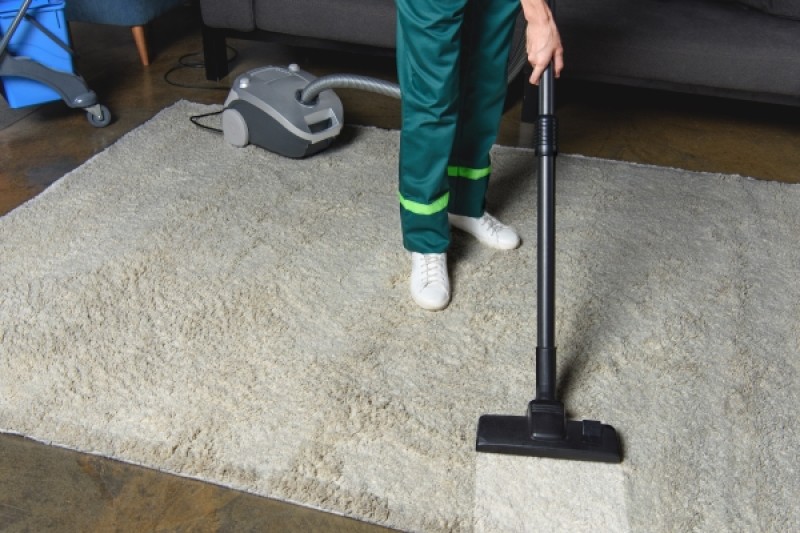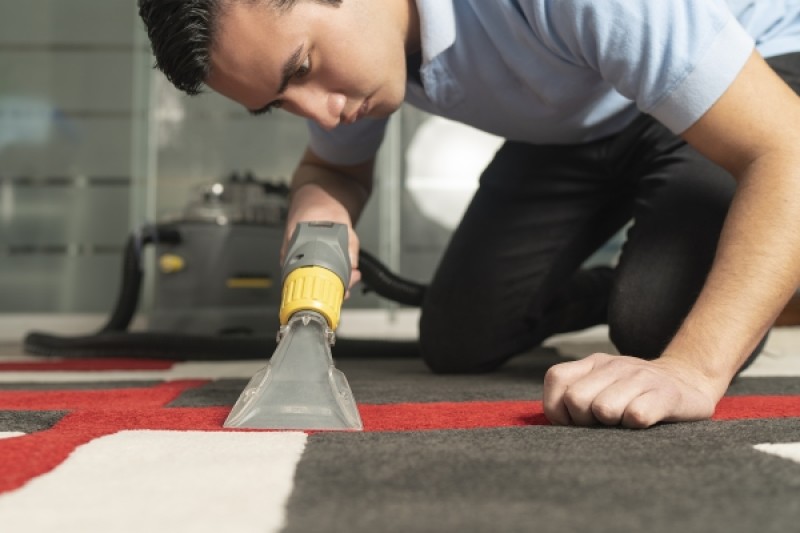It is obvious to get overwhelmed by the number of choices present in the market when you buy a carpet. Today, Homeowners seek comfort and always opt for a rug that provides cushion underfoot.
The most important thing to pay attention to when it comes to rug appearance and durability is the carpet material used by the manufacturer. Most carpet fibers are made of synthetic material or a blend of synthetic and organic material. Although each type of carpet fiber has its own pros and cons, synthetic materials are designed to resist stains, fading, and moisture. Every carpet cleaning professional has their individual preference for the carpet fibers but revealed or not, synthetic ones are their favorites as rug shampoos are both easy and effective on these types of carpets.
Types of Carpet Materials
The most commonly used carpet material in the United States is synthetic. Common synthetic fibers are nylon, polypropylene/olefin, polyester, acrylic, and triexta. Wool is the most often used organic fiber for carpets, whereas jute, cotton, and sisal come under the not-so-common organic fiber category.
Wool
Wool fiber is a natural, luxurious, delicate, and durable carpet material, and so it has a higher price tag than synthetic. It is a long-lasting carpet fiber, but it cannot handle heavy traffic areas. A pure wool rug is handmade without chemicals or any additives. Since it is an eco-friendly option and does not emit VOCs, these rugs are incredible for people who have allergies and are sensitive to chemicals. It has natural stain resistance, but the fibers tend to absorb liquids, forcing you to clean the spills immediately to prevent staining and to save you from NY carpet cleaning. Also, unlike synthetic fibers, it is fire resistant, making it better than synthetics for the fireplace areas.
Best thing: It is natural, eco-friendly, and durable.
Worst thing: It is very costly.
Nylon
Nylon is one of the best all-around carpet fibers with high durability. Manufacturers use many different stain treatments to improve its resistance as nylon is not very good at resisting stains on its own but has good resistance to wear mildew, mold, and rot. Also, it is easy to dye and hold its color well, making it the most popular carpet fiber in homes. Nylon carpets, if cared for well, can last for 12 to 15 years, providing the most durability among other synthetic fibers.
Best thing: The overall durability
Worst thing: The stain resistance varies based on the treatment used
Olefin Or Polypropylene
These fibers are similar to natural wool and often substitute synthetic wool. Olefin is highly stain-resistant but is open to soiling and holding onto oils, which as a result, collect dirt. These fibers, however, are colorfast, strong (resisting abrasion), mildew and moisture resistant, and relatively easy to clean (as per couch cleaning services, in some cases, bleach can also be used safely ). As this material is water-resistant and quick-drying, it claims to be a good option for basements or outdoor rugs. Polypropylene is cost-effective as compared to nylon.
Best thing: It is mildew resistance which makes it a good indoor outdoor carpet
Worst thing: It attracts oils making it look dirty prematurely.
Polyester
Polyester fiber is famous for its softness and high luster. It is recognized for its capability to hold vibrant, fade-resistant, and rich colors. This material is naturally stain resistant making it a good fit for homes. It can also be easily recyclable, turning it into an eco-friendly synthetic option. However, the main drawback of polyester is that it is prone to flattening under the weight, which makes it a wrong choice for a high-traffic area. Also, it is prone to oil stains that are very difficult to remove from the surface, even with the rug cleaner. But, it is more friendly to the buyer's pocket when compared to nylon.
Best thing: Its softness and price.
Worst thing: It doesn’t hold up well in high-traffic areas.
Acrylic
This material offers the feel and appearance of wool at a fraction of the price. Acrylic shows good resistance to moisture, mildew, static electricity, and staining. Additionally, it can handle the sunlight and preserve the color of the carpet for a long time. But, it is not a remarkably durable material, and it does not hold up satisfactorily in high-traffic areas. Occasionally, it is also blended with wool to make rugs. Acrylics can sometimes turn brown if stained with any alkaline chemical, like those present in furniture cleaning products.
Best thing: It is cheaper than wool.
Worst thing: It has poor durability.
Triexta
It is a type of polyester with outstanding stain resistance and durability. Being the newest on the market, it is getting more and more buzz. Since it is naturally stain-resistant, unlike nylon, it does not need any additional stain treatment, making it suitable for softer and plush carpets. But, it does not stand up well to heavy traffic.
Best thing: It is naturally stain-resistant.
Worst thing: It is not meant for heavy traffic.
No matter what type of material you choose for your carpet, it is always advised to get it cleaned by any professional carpet cleaner. If you feel anxious and less confident about giving your expensive rug to cleaners without knowing much about them, then do not worry PristineGreen cleaners are there to help you! Our team at PristineGreen takes pride in our five proprietary, eco-friendly, non-toxic steps to make your carpet look brand new. Give us a call today!
For more details, you can visit: https://www.matliving.in/blogs/news/types-of-carpet-materials-in-2021
https://floorsusa.com/types-carpet-fibers/




